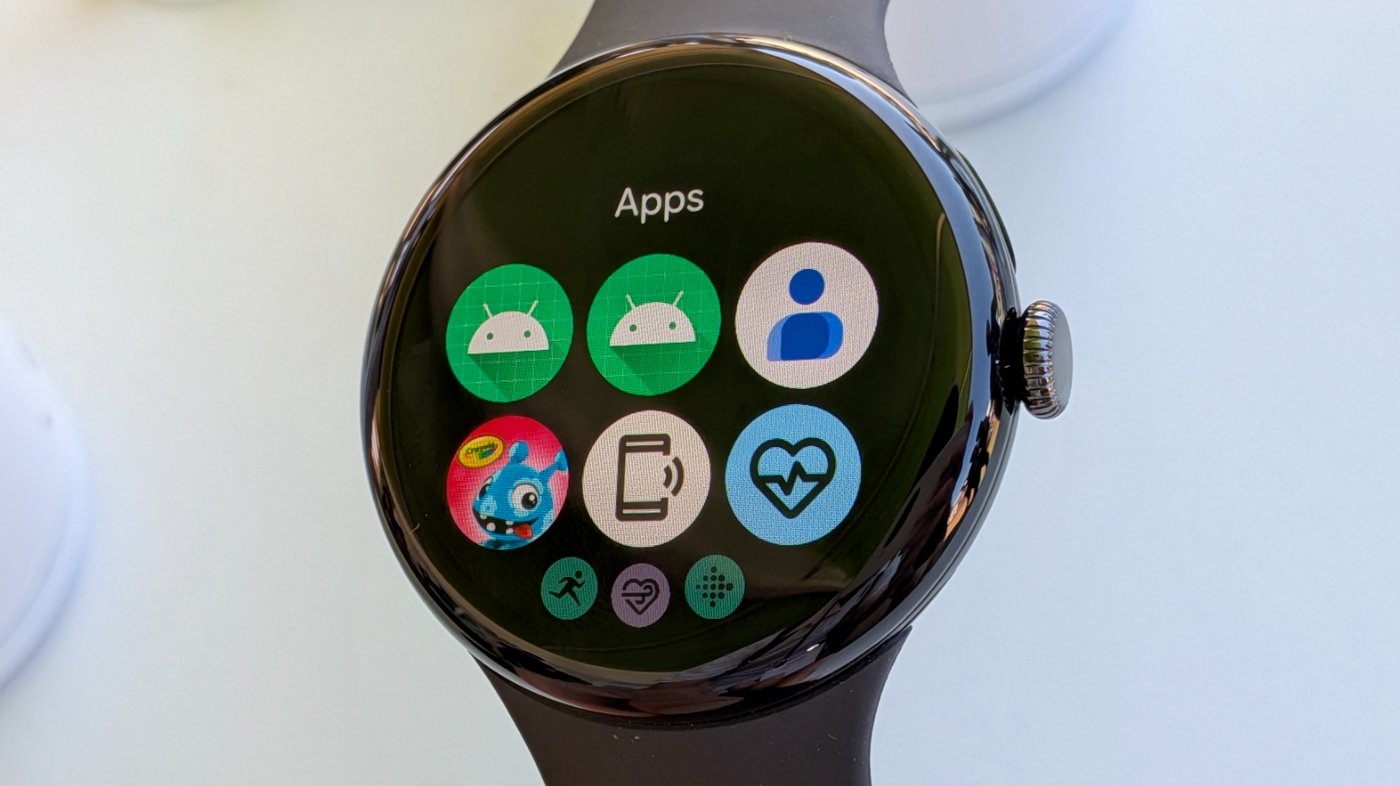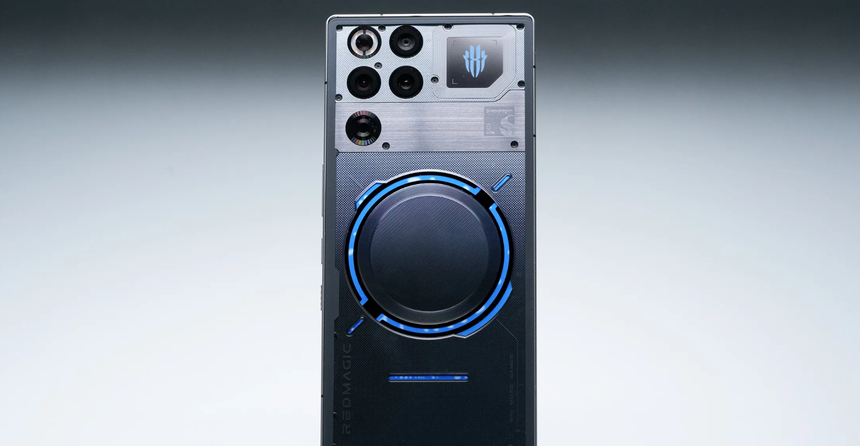Google’s next-generation wearable, the Pixel Watch 4, is reportedly nearing its official launch, and early leaks suggest that while the device may offer size and battery improvements, it might not come with the chipset upgrade some were expecting. According to inside sources, the Pixel Watch 4 will use the same Snapdragon W5 Gen 1 processor that powered both the Pixel Watch 2 and Pixel Watch 3. This marks the third consecutive time Google has opted for this chip in its smartwatch line, even as rivals continue pushing for newer, more efficient silicon.
![]()
The Pixel Watch 4 is expected to debut at the Made by Google event scheduled for August 20, alongside the Pixel 10 smartphone series. The watch will reportedly be available in two size options, 41mm and 45mm, and will offer both Bluetooth and LTE variants. Internally codenamed Meridian and Kenari, these models are also expected to come with upgraded battery capacities. The 41mm model may pack a 327mAh battery, while the 45mm version is said to house a 459mAh unit. This would be a notable increase from the Pixel Watch 3, which offered a 307mAh battery for the 41mm model and 420mAh for the 45mm variant.
While the design is expected to remain largely consistent with earlier models, the Pixel Watch 4 may offer small refinements based on leaked renders. The signature circular display and rotating crown are expected to stay, along with support for features like heart rate monitoring, sleep tracking, ECG, and fitness insights powered by Fitbit integration.
The decision to stick with the same Snapdragon W5 Gen 1 chipset appears to be based on timing. Qualcomm’s next wearable processor, currently referred to as the sw6100, is reportedly not ready for commercial deployment. Rather than delaying the launch or taking risks with untested silicon, Google seems to have prioritized stability and consistency with a known performer. The W5 Gen 1 has proven to be capable in managing power consumption and running Wear OS smoothly, so this move might not be disappointing for users focused more on battery life and software experience than raw performance.
![]()
However, the lack of a newer processor may affect how the Pixel Watch 4 stacks up against competitors like the Samsung Galaxy Watch or Apple Watch Series 10, both of which are expected to debut with newer internals. Pricing details are not yet confirmed, but if Google maintains its pricing strategy, the watch could launch in the same range as the Pixel Watch 3, which started at Rs. 39,900 in India.
As the August launch nears, more concrete details are likely to surface. For now, the Pixel Watch 4 appears to be an evolutionary upgrade rather than a revolutionary one, focused on refining battery life and hardware sizes without drastically altering the core performance.
For more updates on the Pixel Watch 4 and other upcoming tech launches, follow Tech Moves on Instagram and Facebook.














